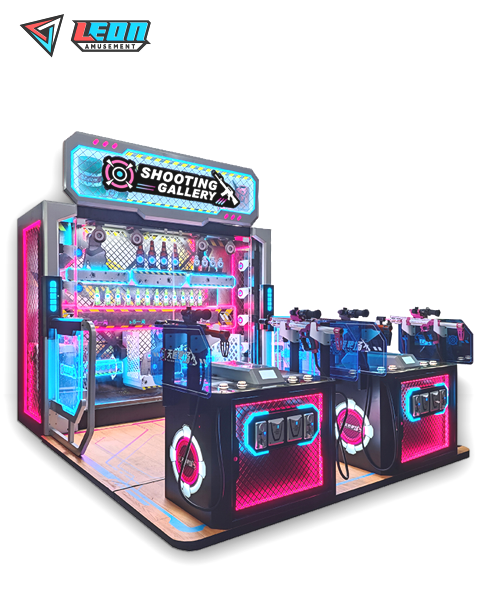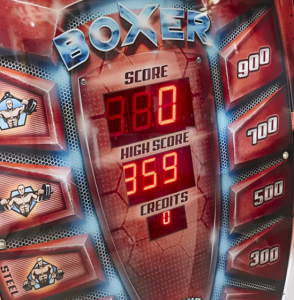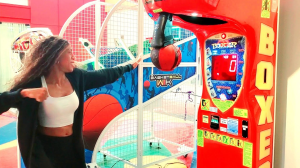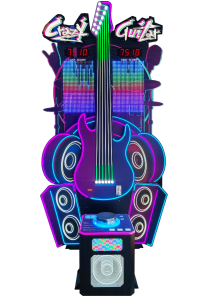The way to do it is by figuring out the payout cycle of a claw machine (or any arcade game in general). Normally, the claw becomes 80% stronger after failing to grab a prize at least about 20-25 times — with this change success rate goes up over 60%. Also, play arcade games — pick one game that you’re decent at (over time, it’ll become boring) and keep grinding; once trained enough, your shots per minute can reach 30 to 40 on a basketball machine, leading to an increasing score by up to ≈30%.
Table of Contents
ToggleClaw Machines: Secrets to Increasing Success Rates
General situation, the claw strength on first activation is set to a low 20% -30%, resulting in difficult grip sessions and more money invested by players. But there is a universal setting across every claw machine that developers have come to refer to as the “payout cycle,” which caps itself at about 80-100% strategic-led damage sustained, well after minor changes. The rise in power means the grabbing success rate increases substantially, so if you saw many failed attempts from previous players, and only after more than 20 failures (this would be the right time to try your luck), because success BUT THE probability can go a lot higher.

The location and appearance of the target toy directly decide how easy/ difficult to grab it. From experience, if the toy is balanced evenly and towards a chute or on top of other prizes, success rates can go up to above 50% rate for grabbing. Similarly, if it gets caught in the corner or is pushed down by other items pushing on top of it, then the success rate can drop to well under 10%. For this reason, pick up toys that are well-proportioned and balanced, so they have a stable center-of-gravity to make grabs more secure. Generally, players, if they are experienced, will concentrate on Toys close to the exit that does not have something covering them, and these types of toys are around 50% -70% with regards to success rate.
Position the claw: try to align it at the center of gravity of our toys (If that is a Teddy bear, aim for the head or waist area). With successful positioning instead, the grab success rate can be raised from the usual 25% to possibly even above >40%. Instakill with the grab button: just be quick and fumble quickly. Otherwise, you will waste your chance. Practically speaking this will likely result in a 10–15% increase in success likelihood of grabs as well due to that quick, precise grab time. At this time, some players deliberately carry out small adjustments when the claws are about to fall on top of the toys. At this point, such a microoperation can effectively increase the probability that they will be held inside (the activity center of gravity is not fixed).
Arcade Games: Improving Skills and Strategies
There are many types of arcade games, ranging from basketball machines to racing games to whack-a-mole, each with its unique operation techniques and scoring strategies. It is very important to select the game that you know in detail. When professional players perform in the basketball machine game, they can make 30~40 shots within a minute, and beginners only make 15-20 because of reciting to operate rhythm while familiarity with the operation. Analysis of the data suggests that playing the same game multiple times (across all age groups) could lift an average score by over 30%. So, rather than spreading out your practice across two popular games like a bean bag and ring toss, another focused approach on improving one game that you excel at can steadily improve your score, translating to an easy, competitive advantage.

Every arcade game has a set pattern and scoring criteria. In the whack-a-mole game, some locations of moles show consistently and bring high scores. Once you figured out the rules perfectly, every round could increase by 20–30%. Knowing where the moles always show up or how a basketball hoop moves around gives you valuable time to rack up the highest possible score in such short periods. Race tracks curves and braking spots: detailed analysis of every corner, where to brake sooner or later in a racing simulator may help you realize how fast your car can go through different corners without making any mistakes;
When playing arcade games, one of the most important factors influencing your performance is your emotional stability. On average, emotionally stable players perform 15% better during games than those who experience highs and lows. By maintaining a cool and collected mindset during gameplay, you can enhance your focus, finesse in operating skills, and reaction time. This is particularly crucial during key moments in the game.




